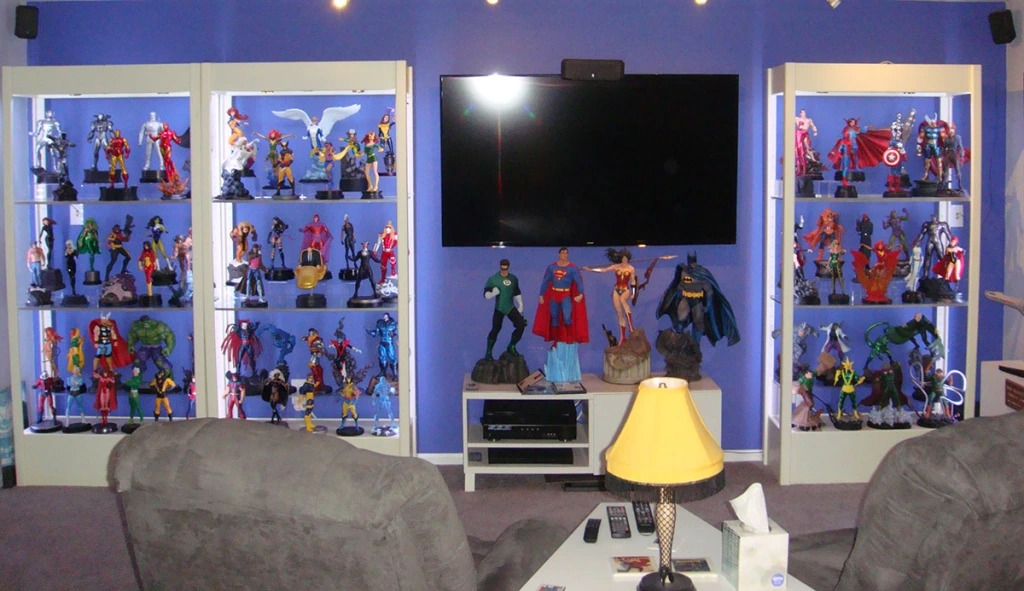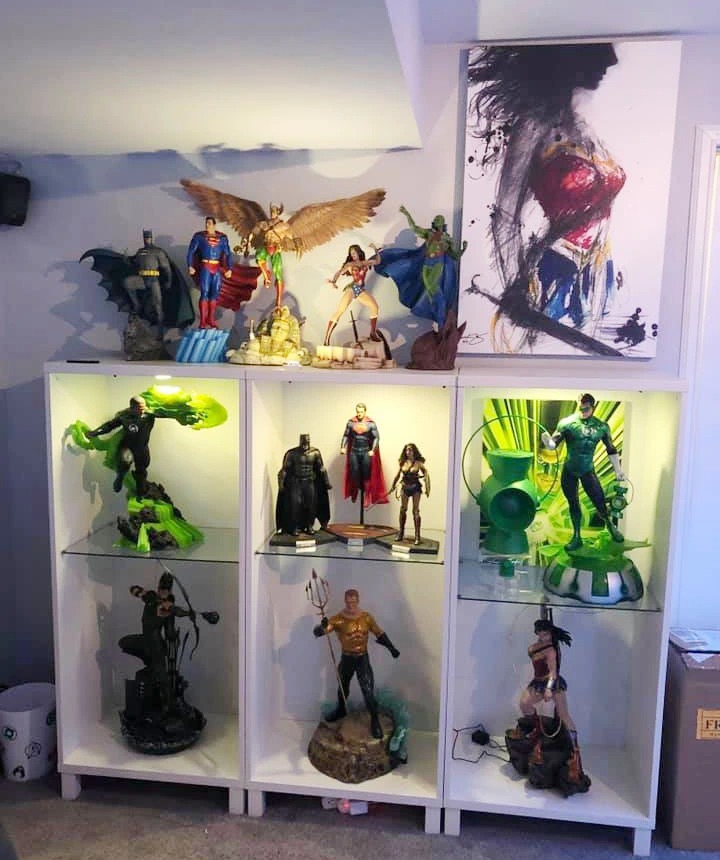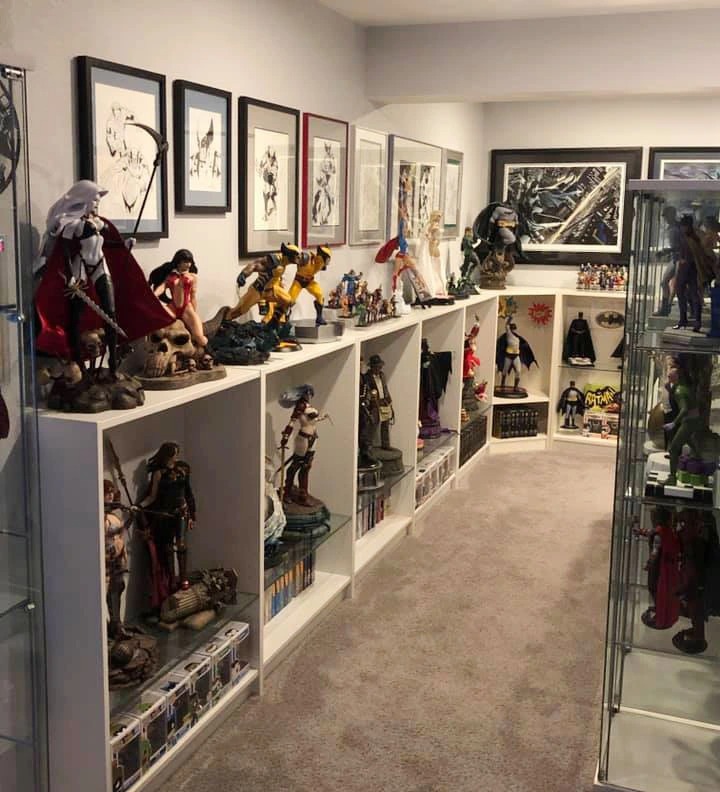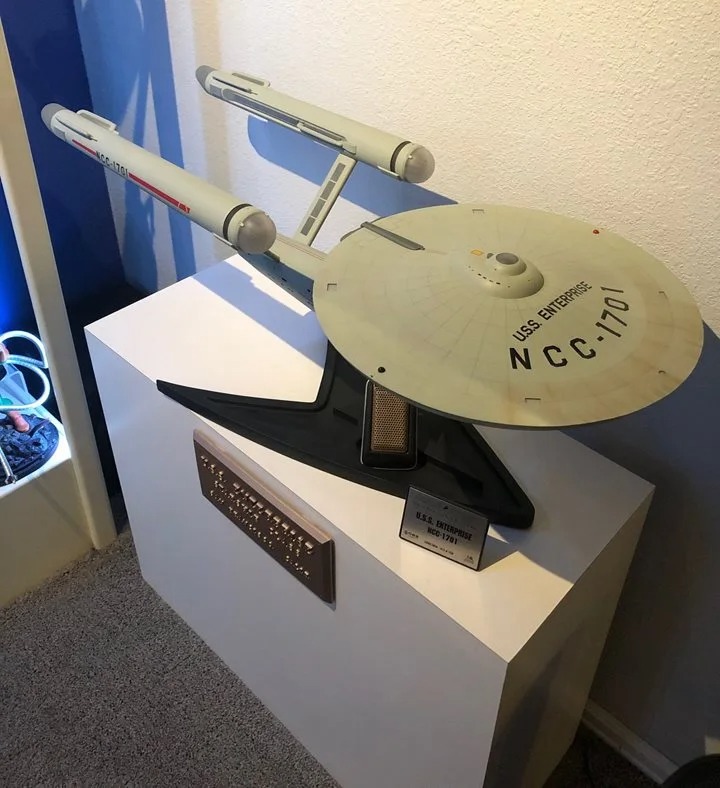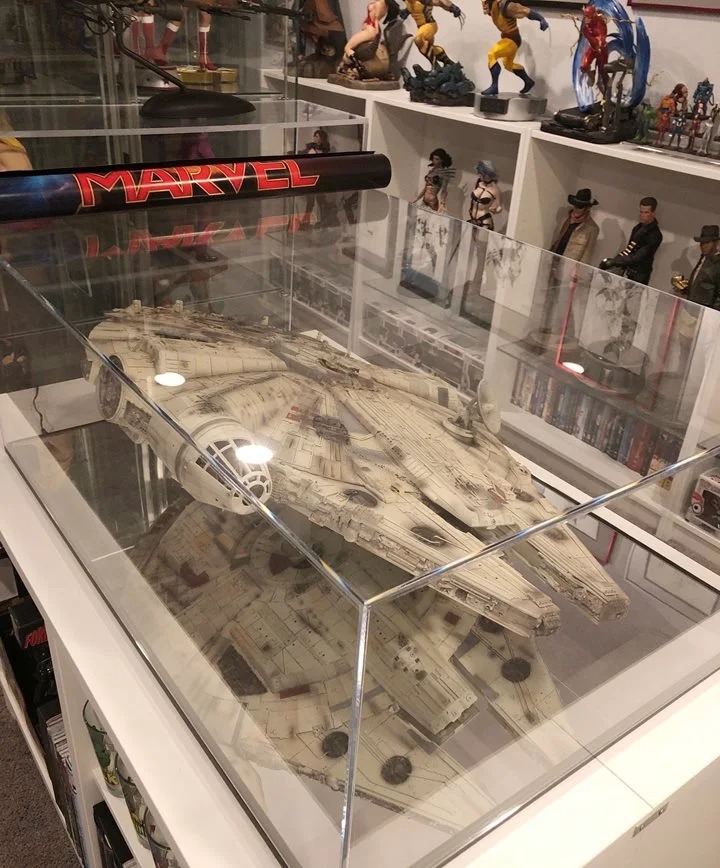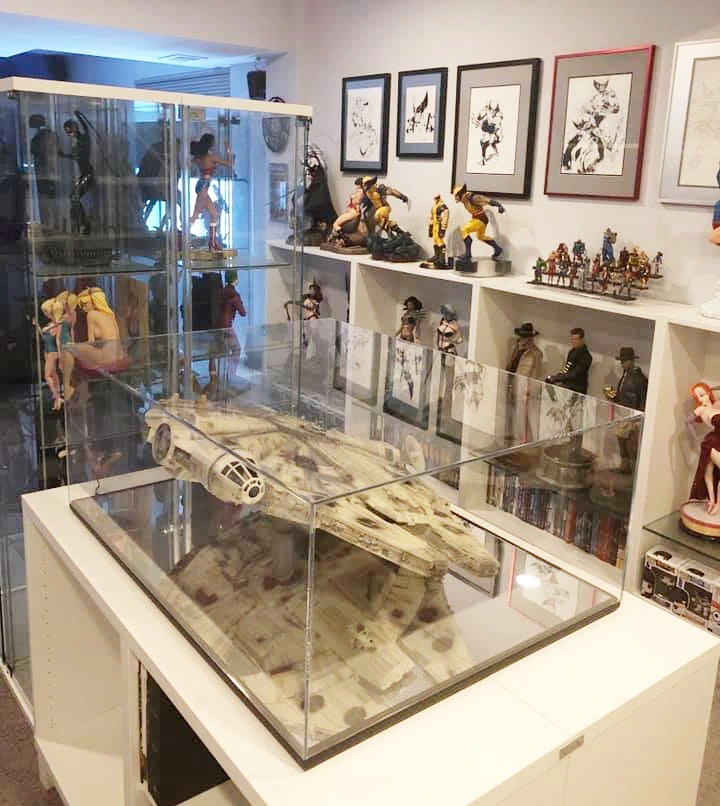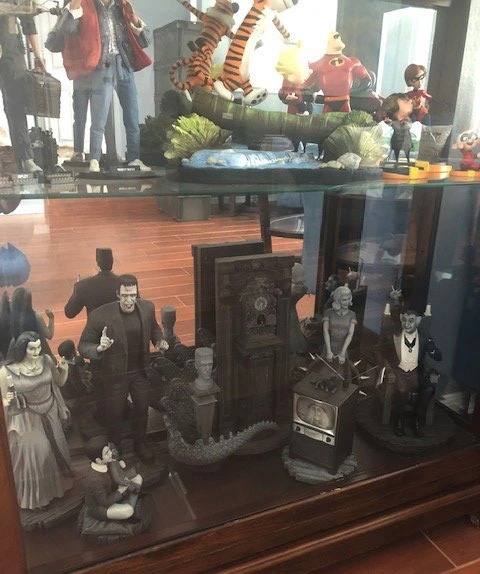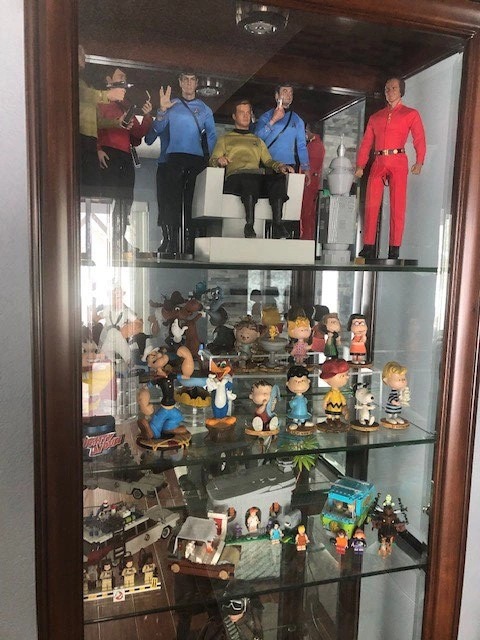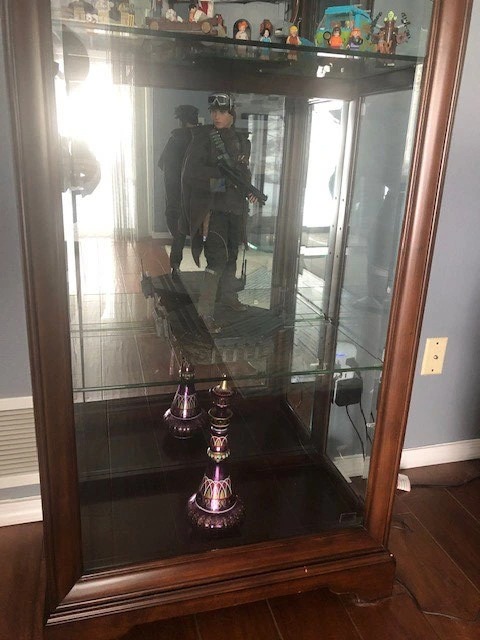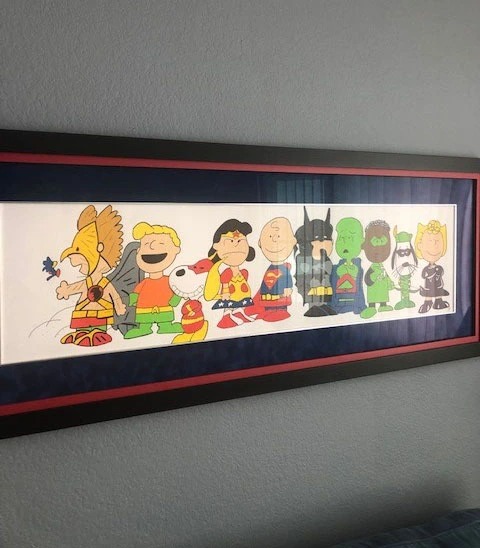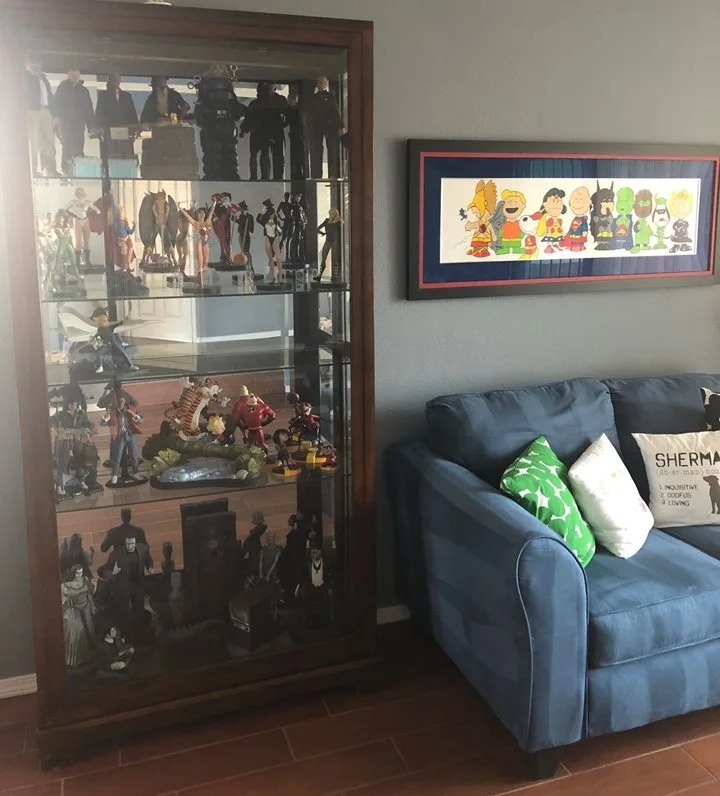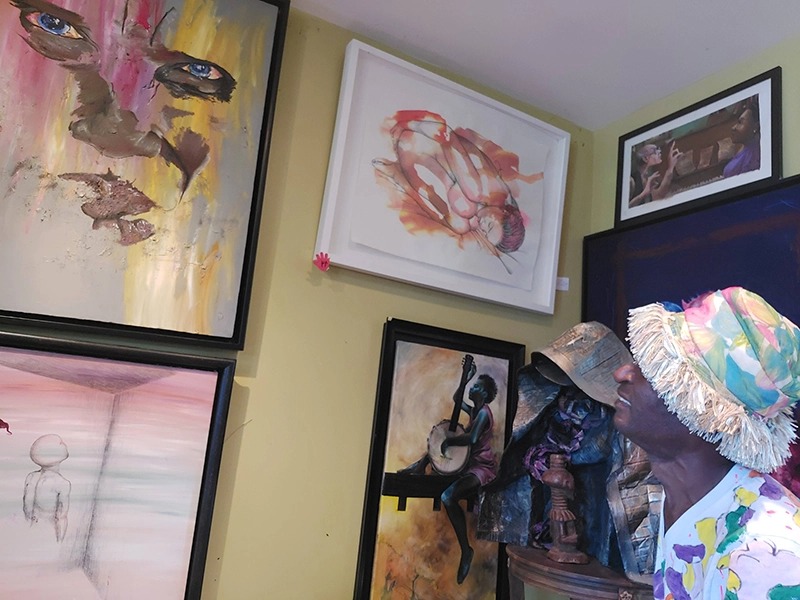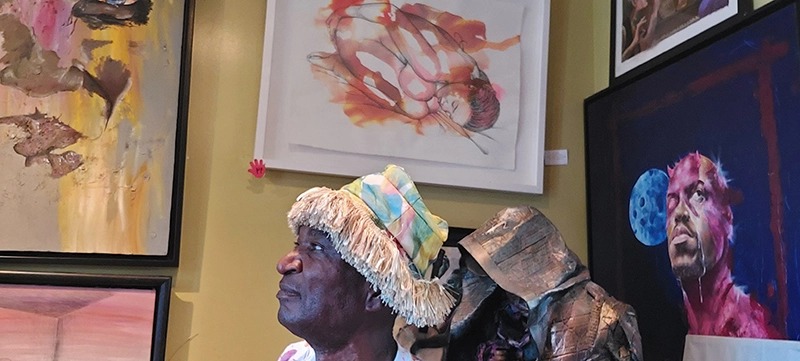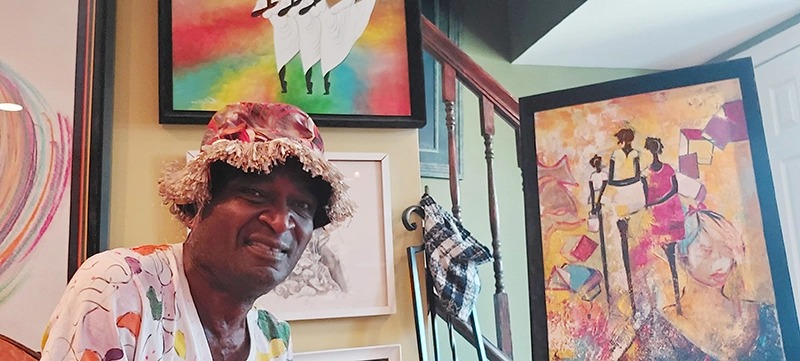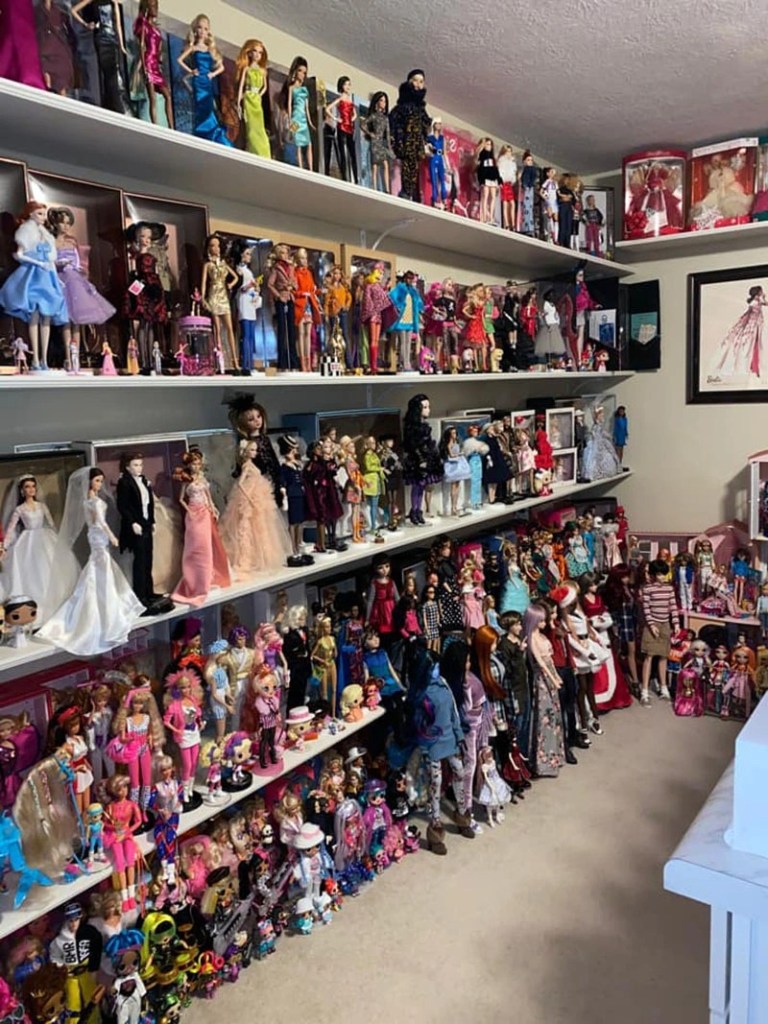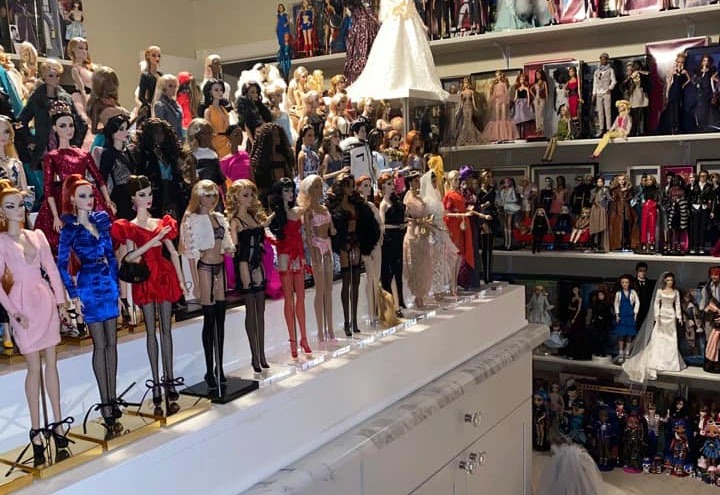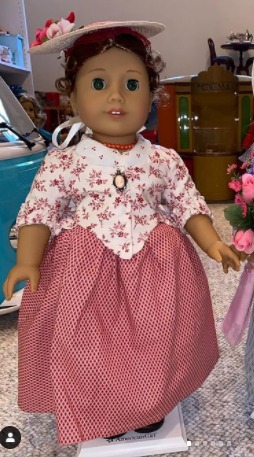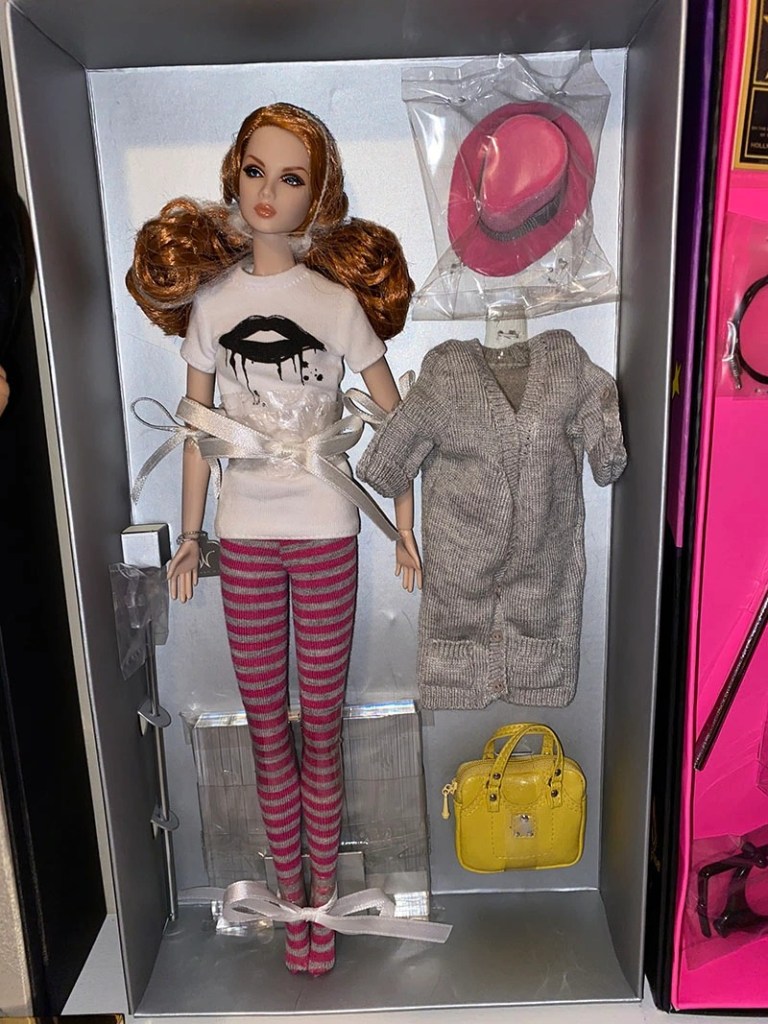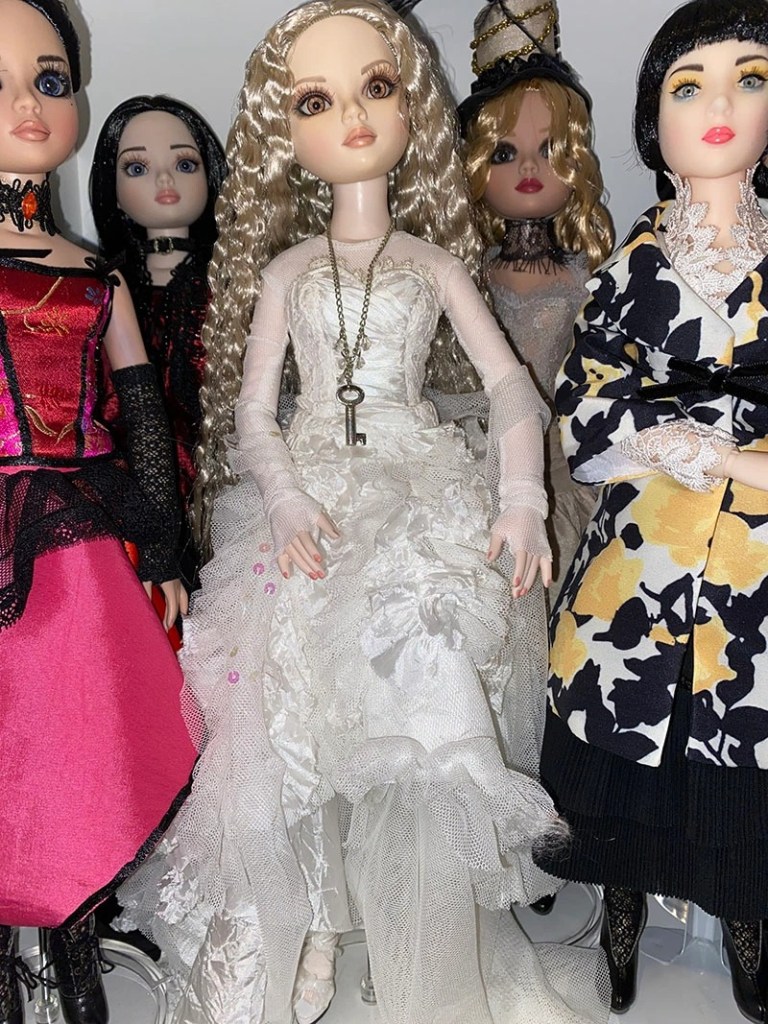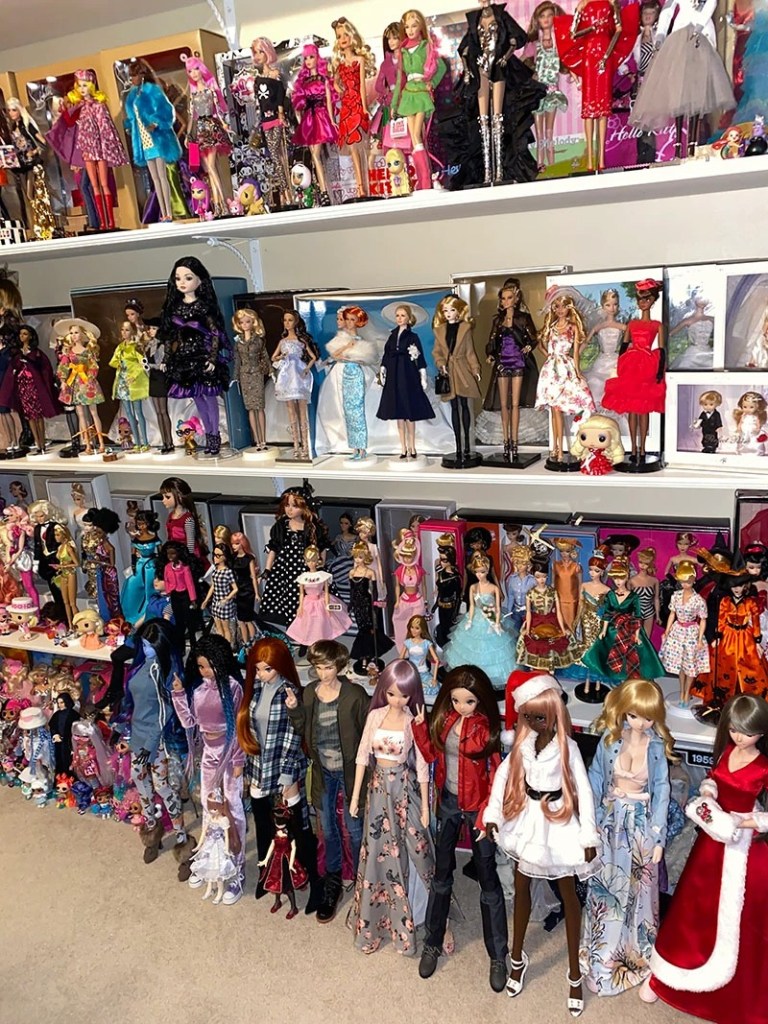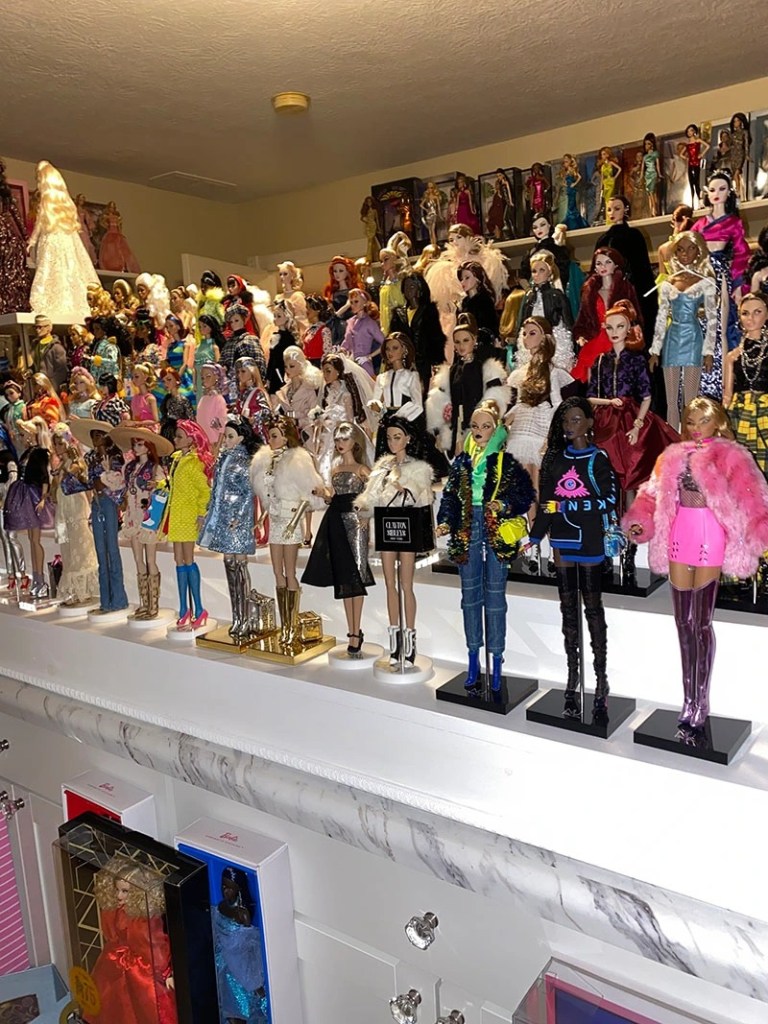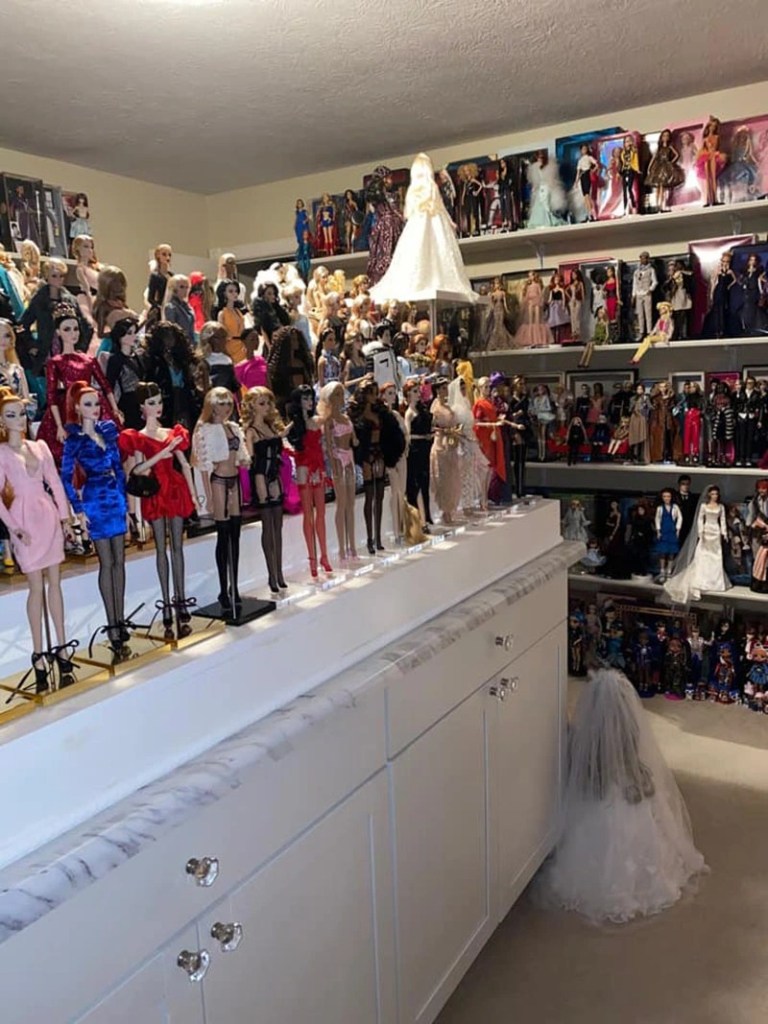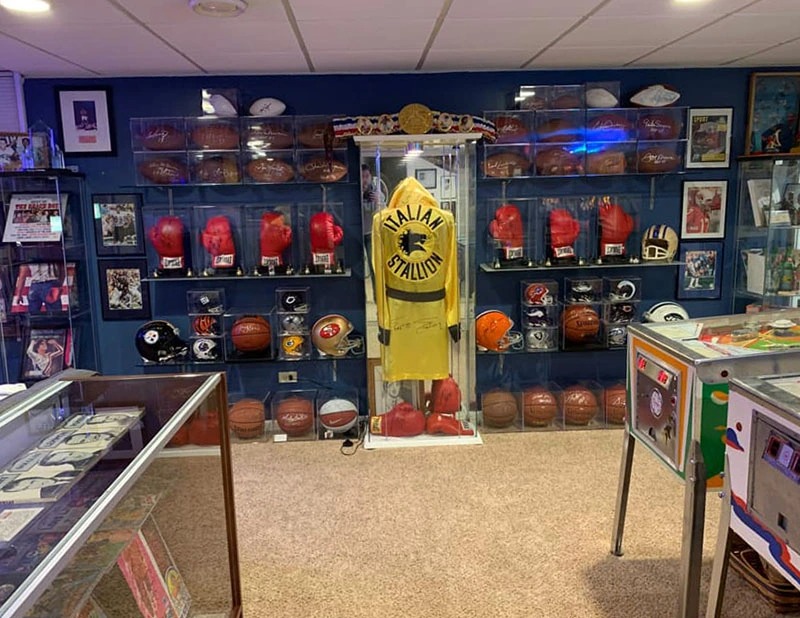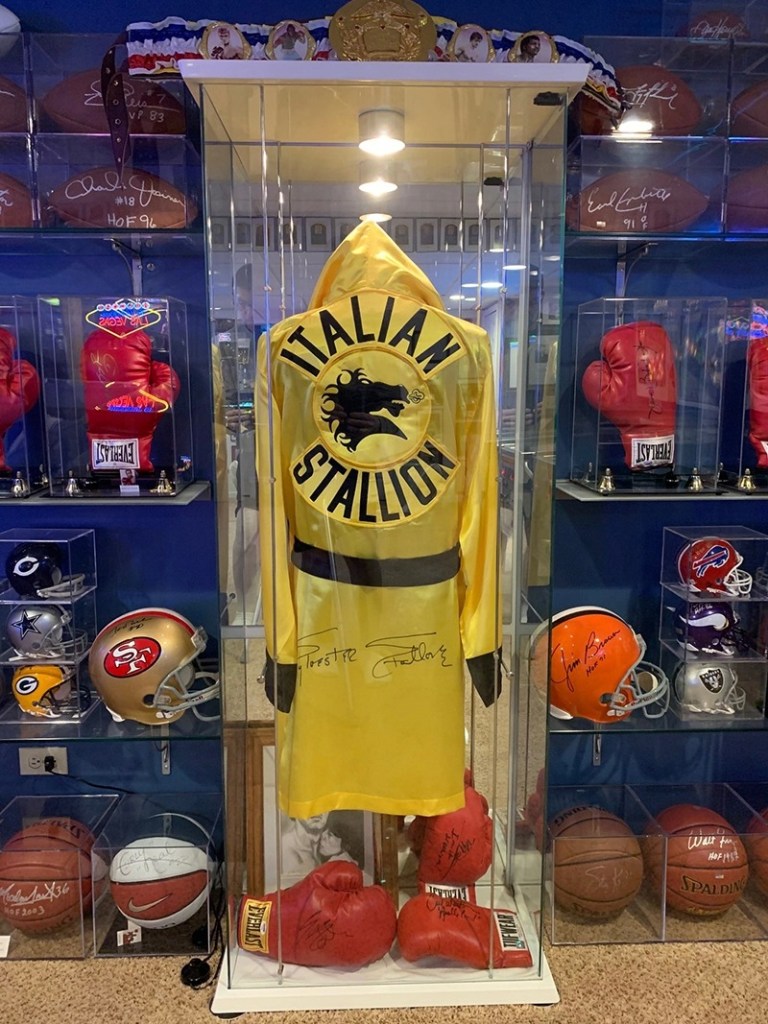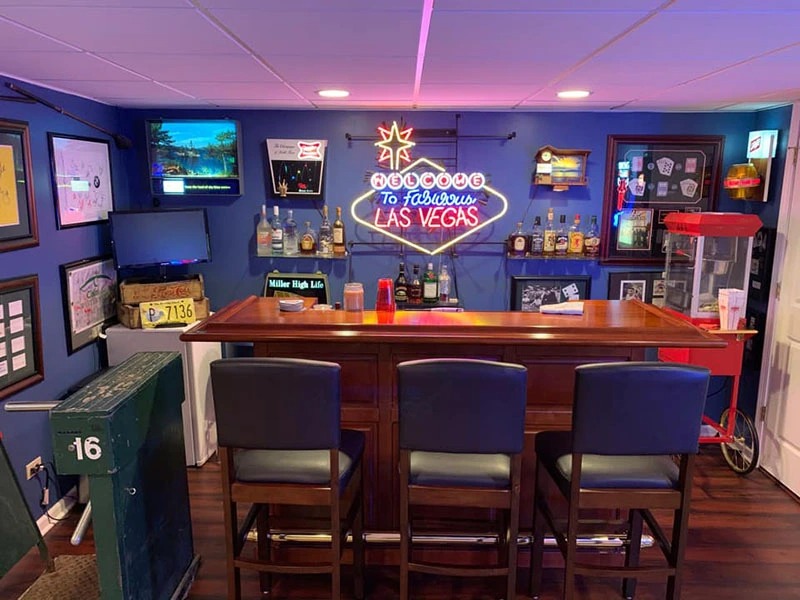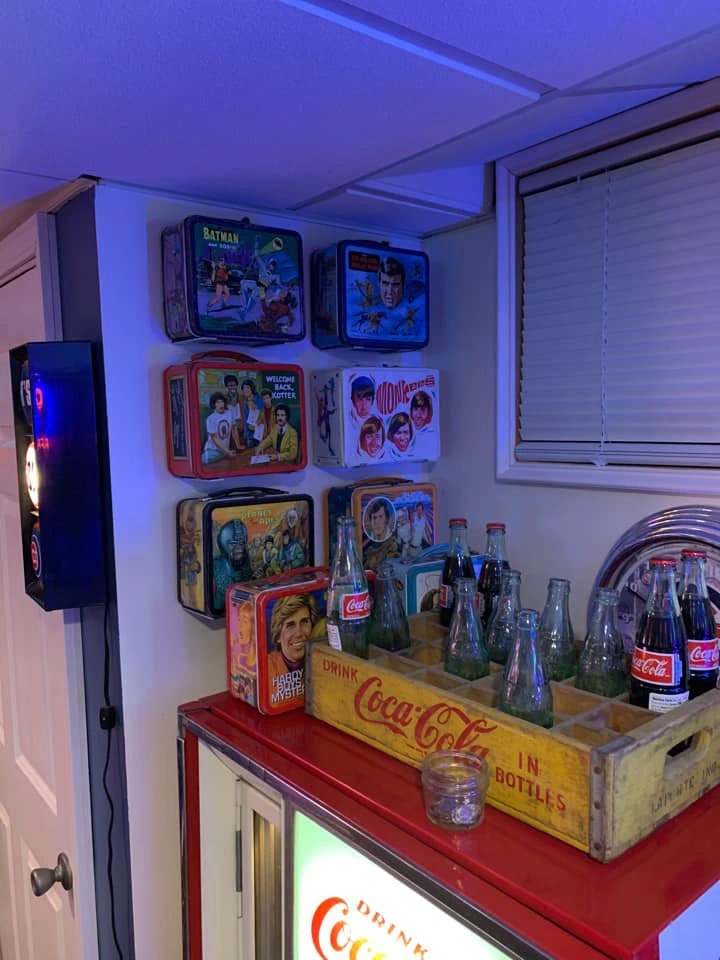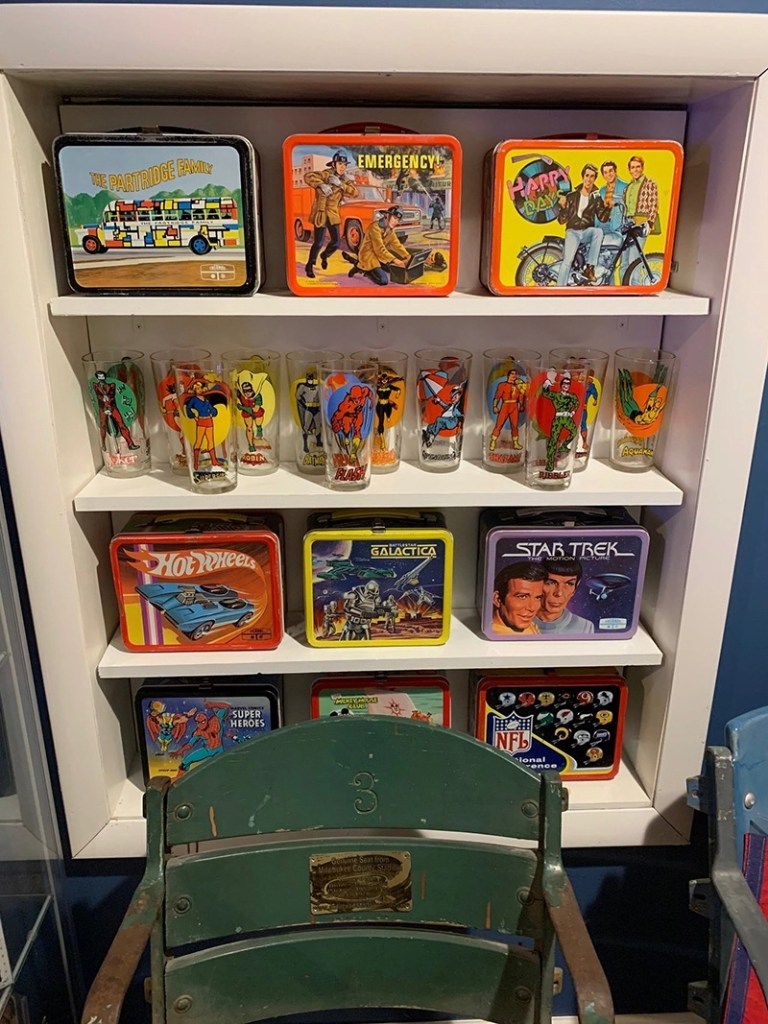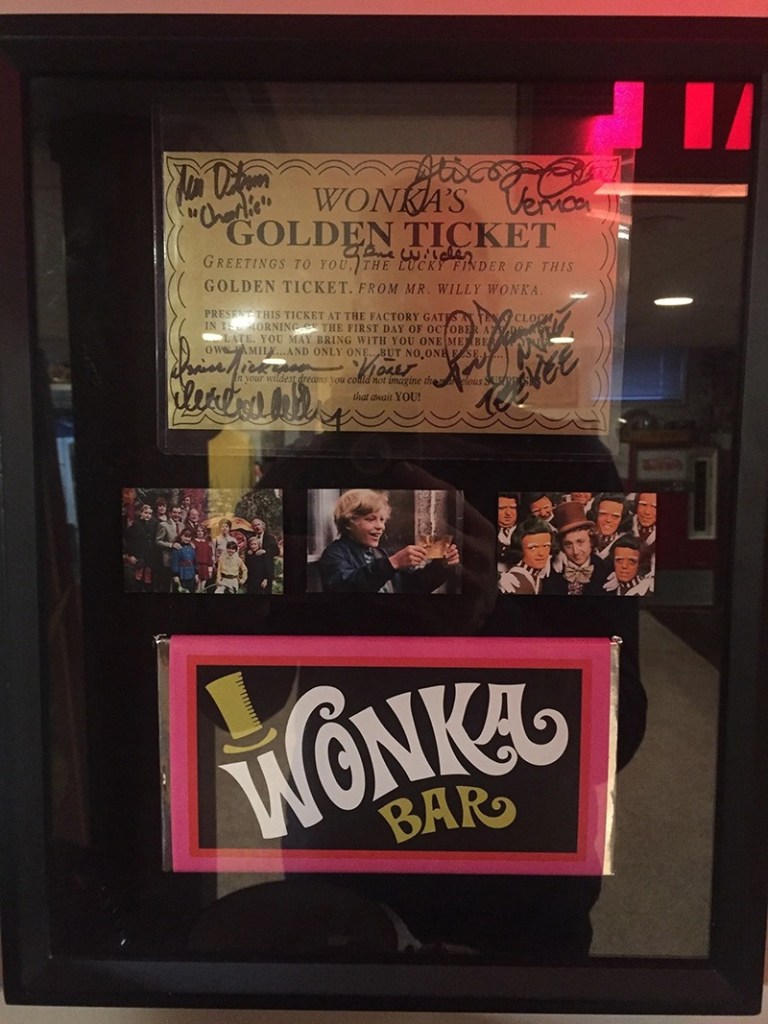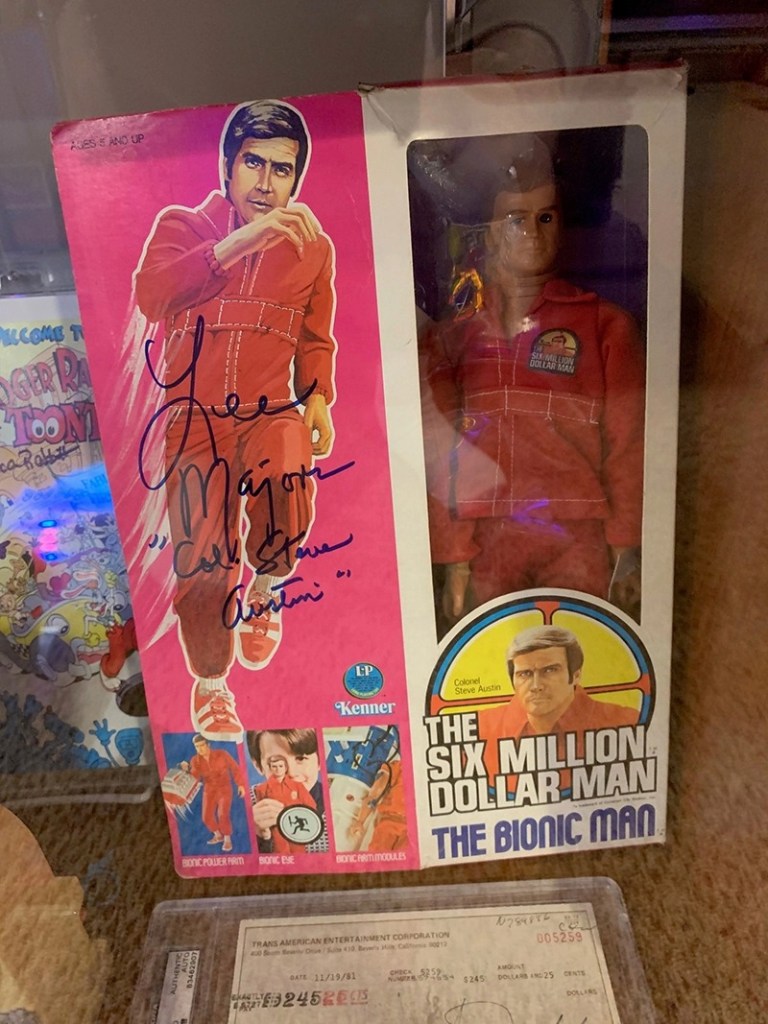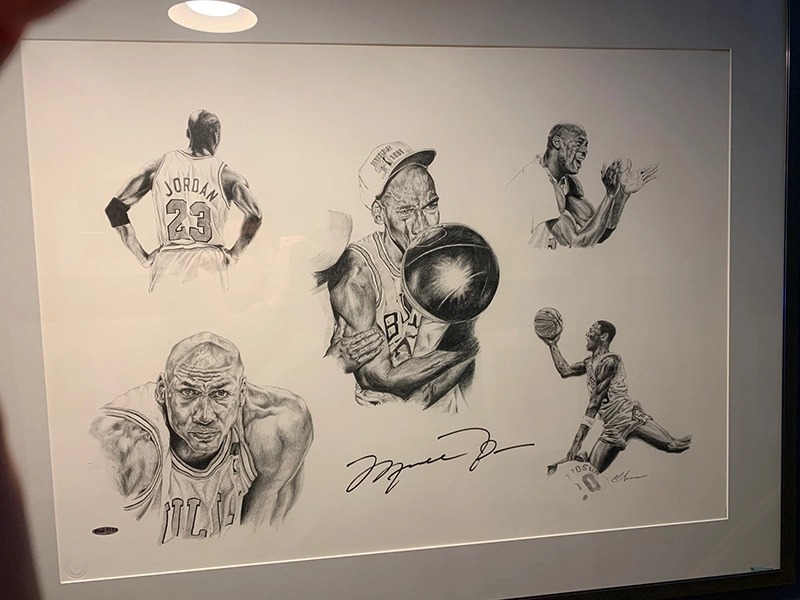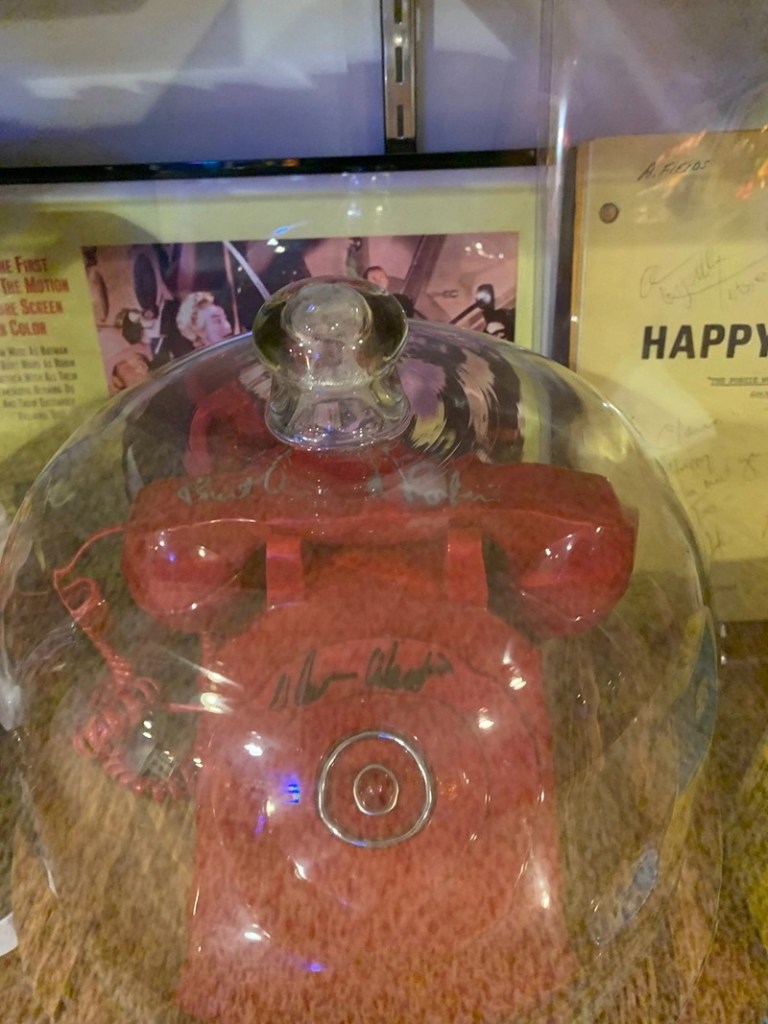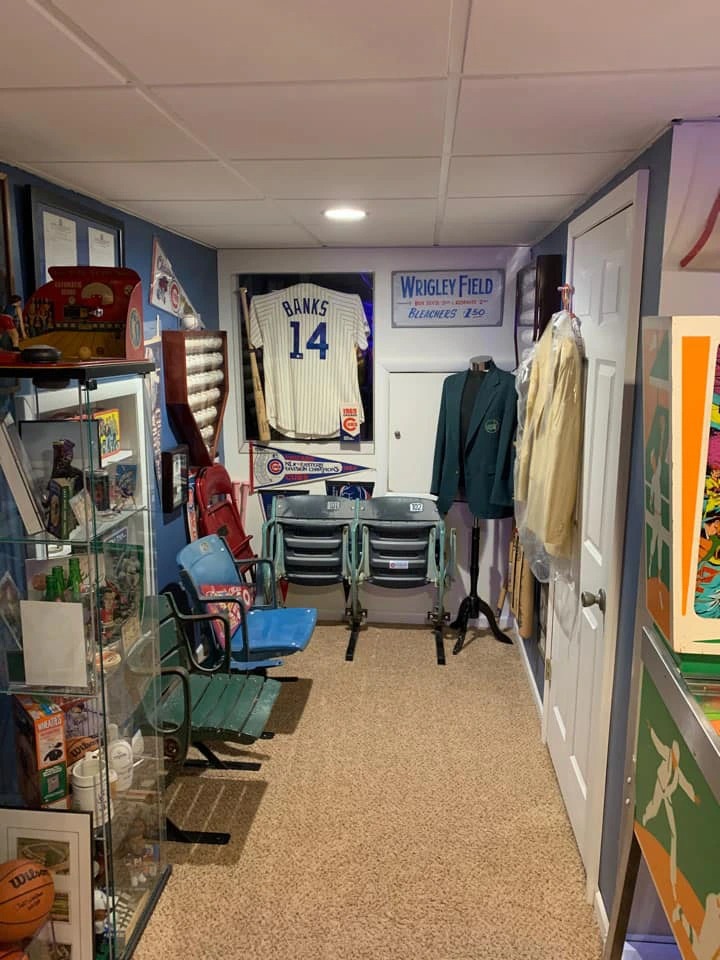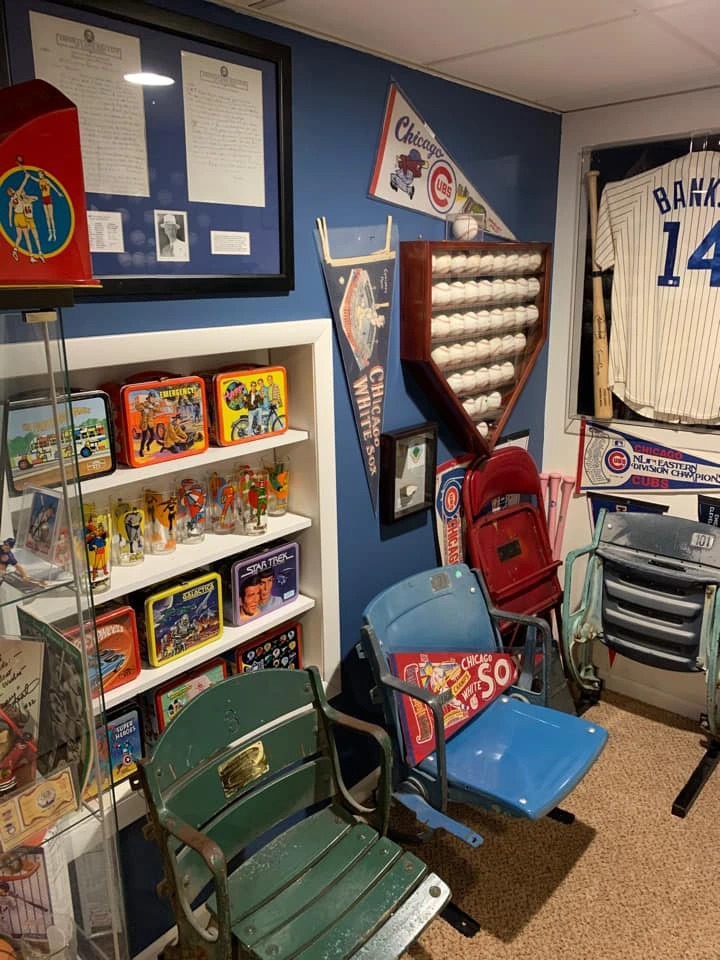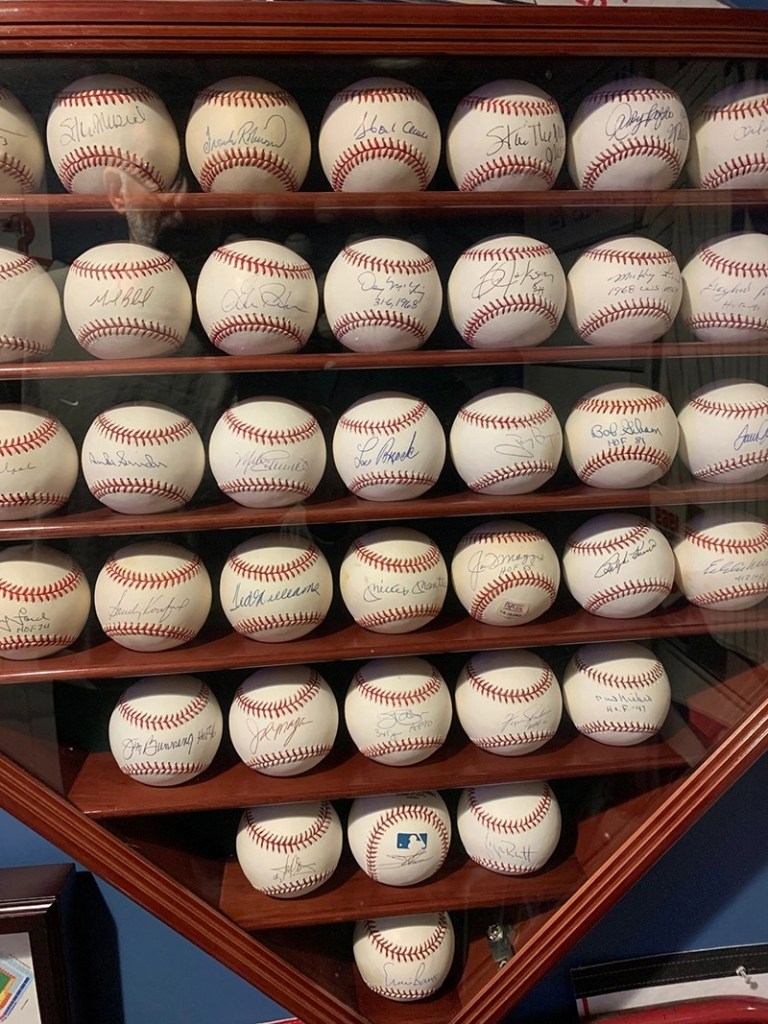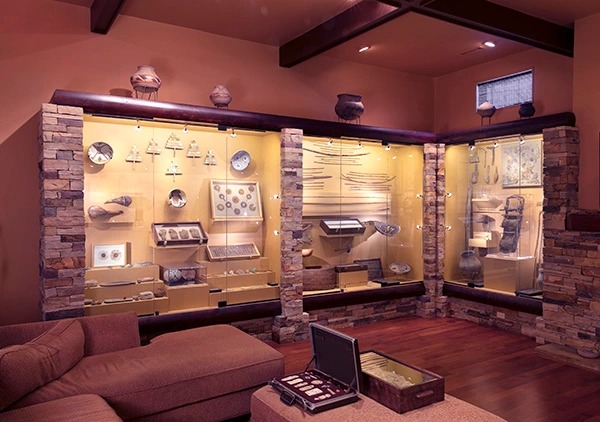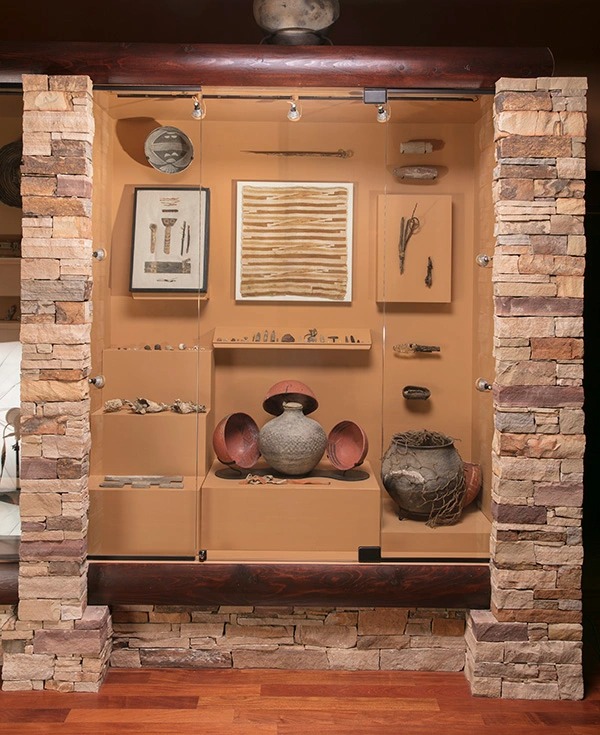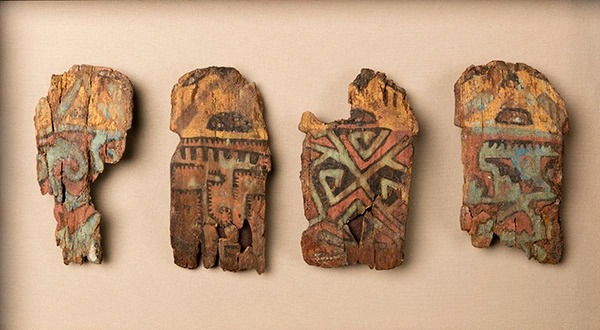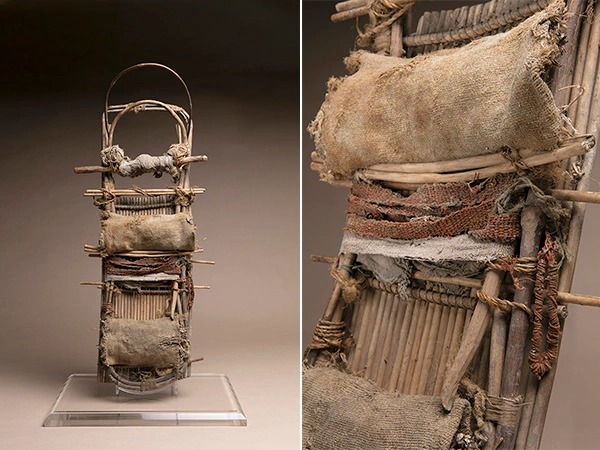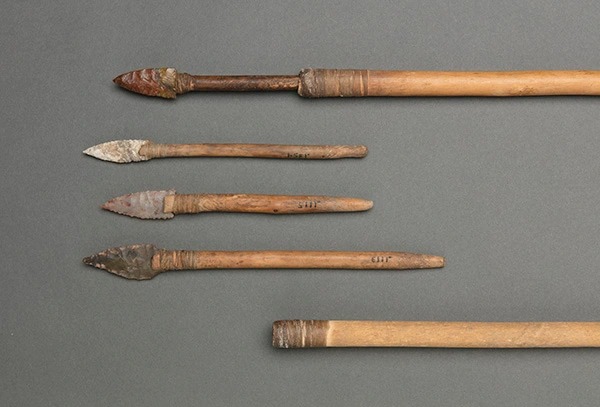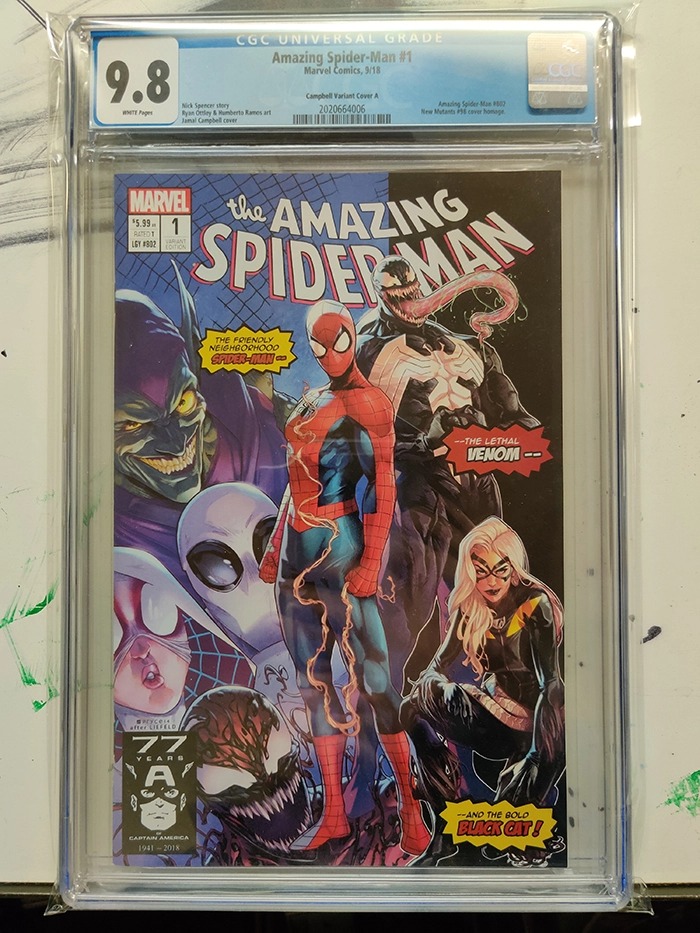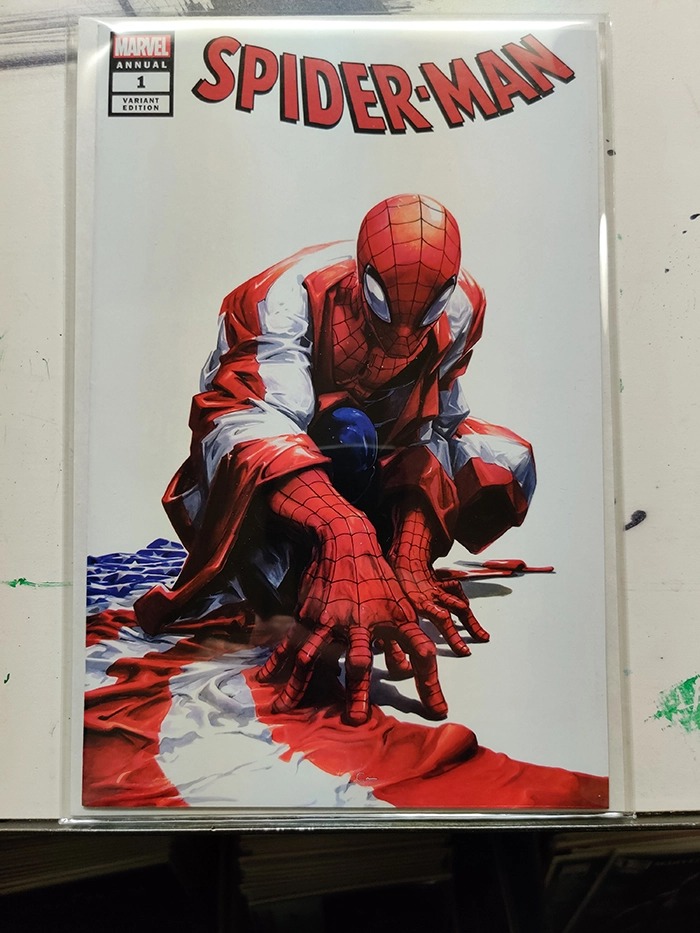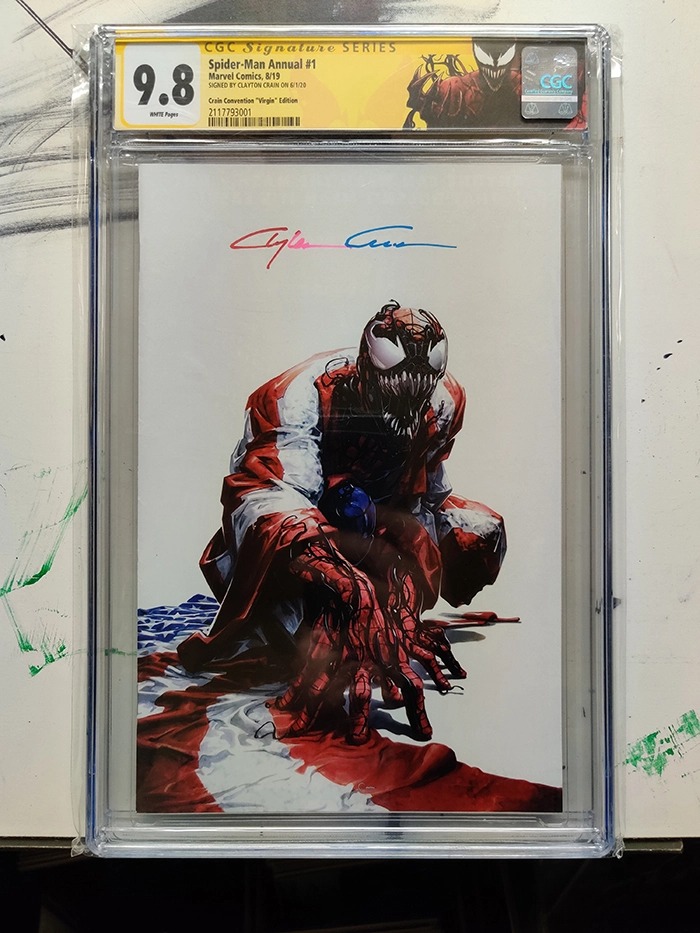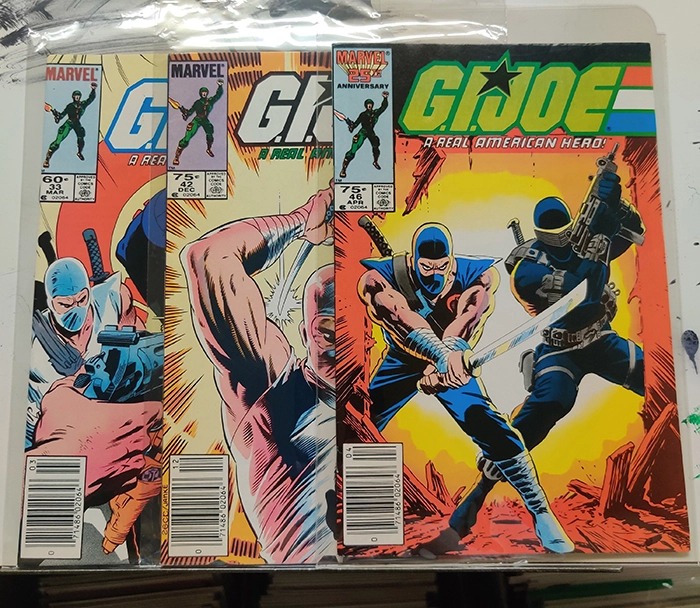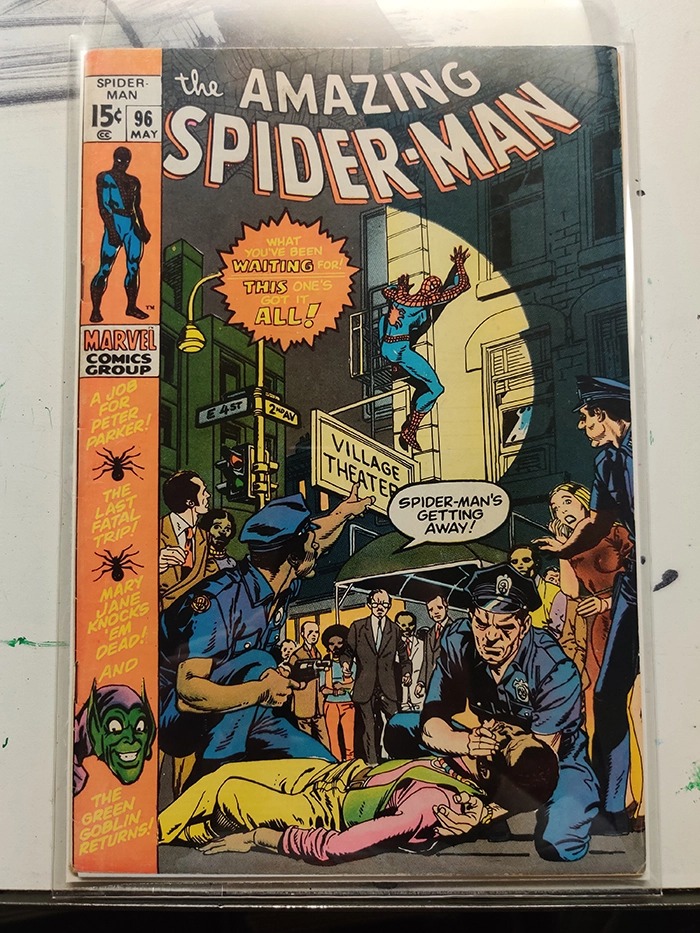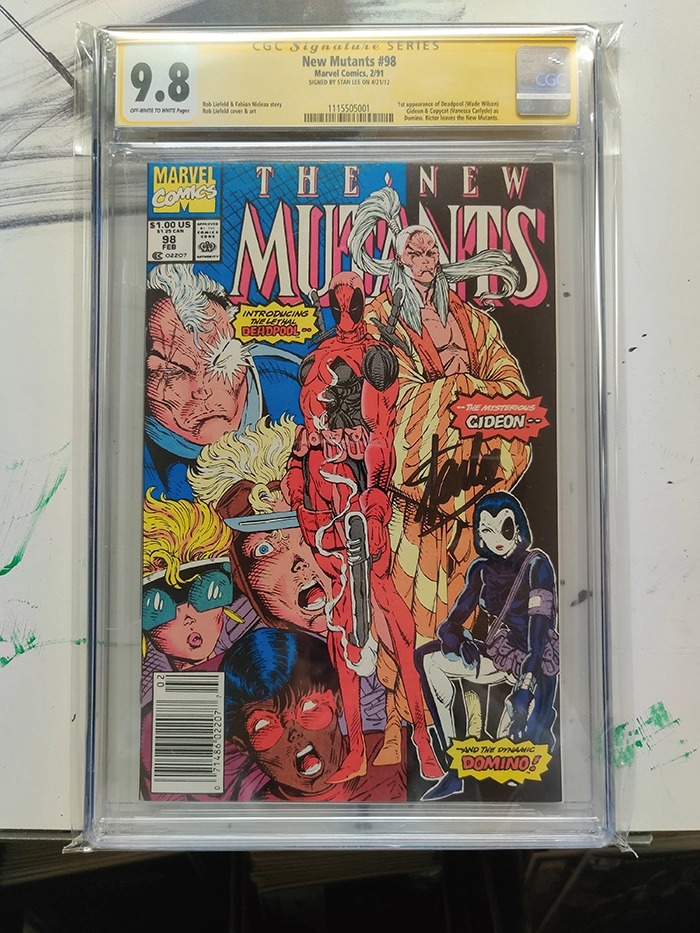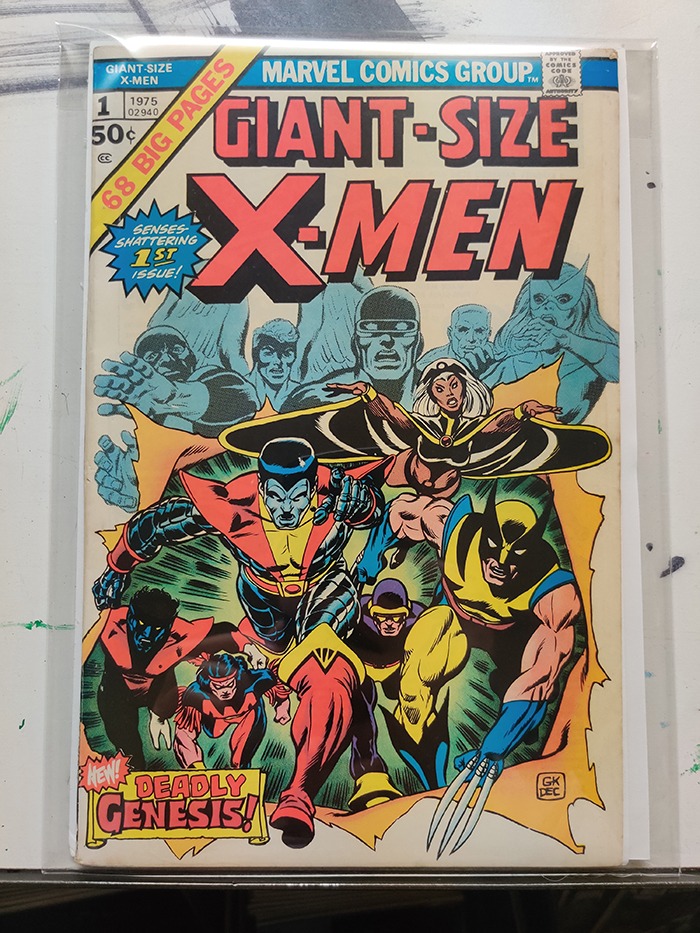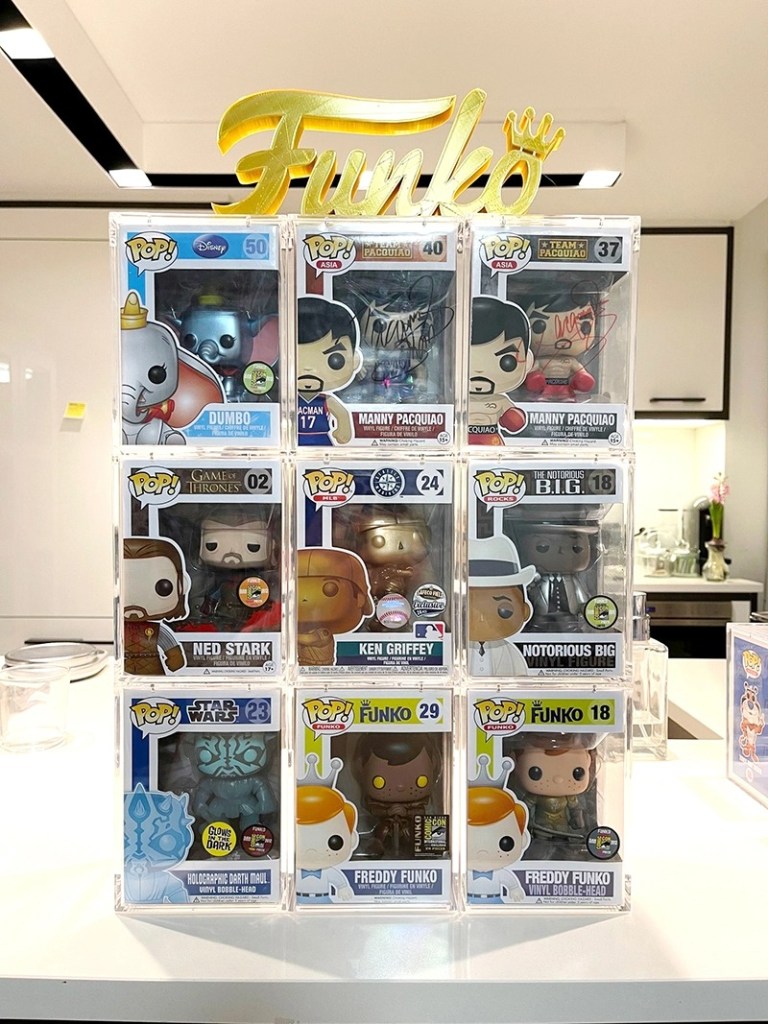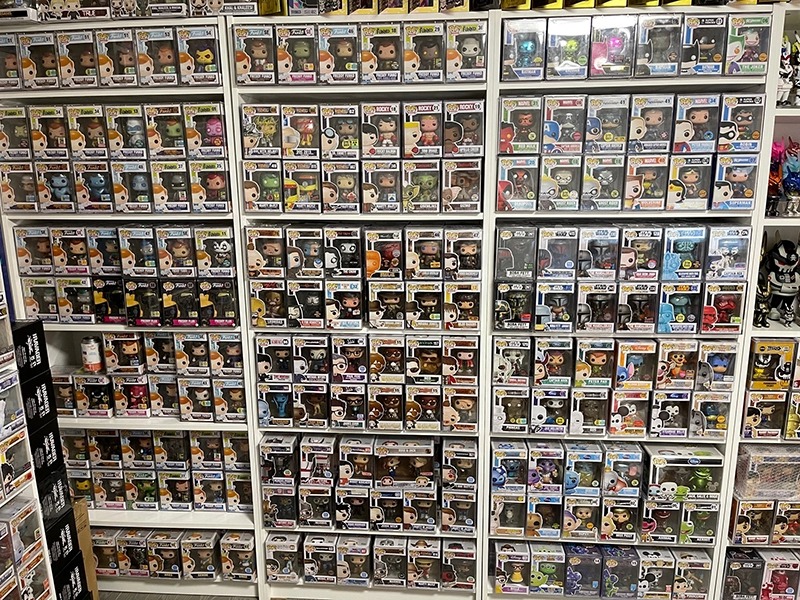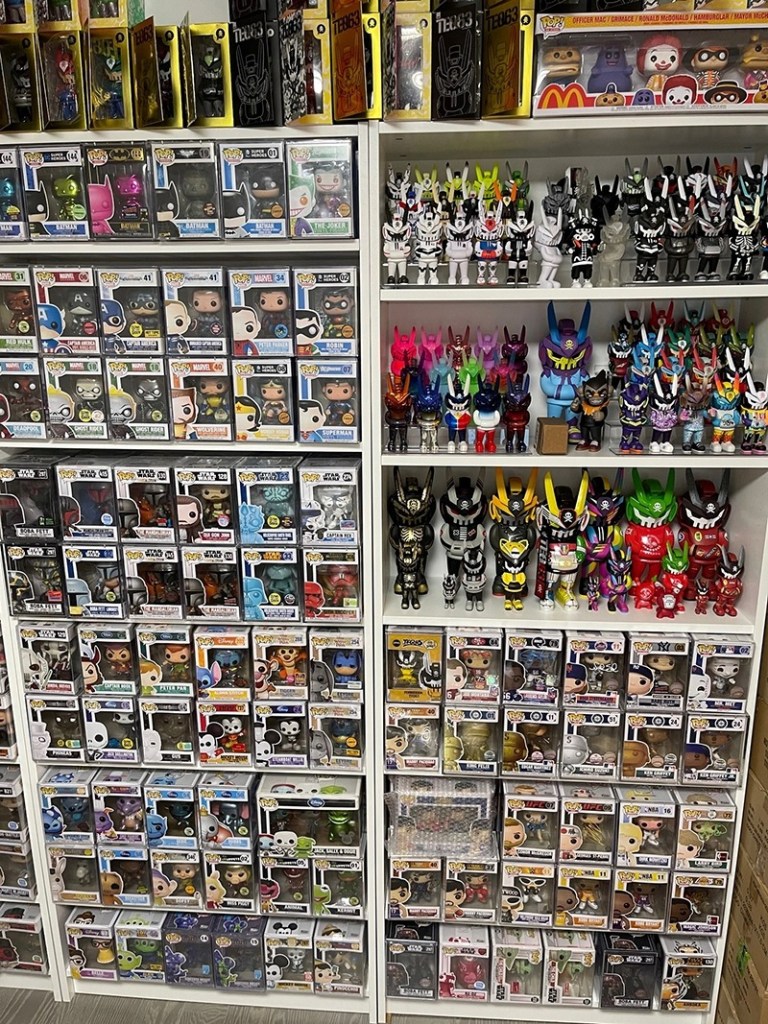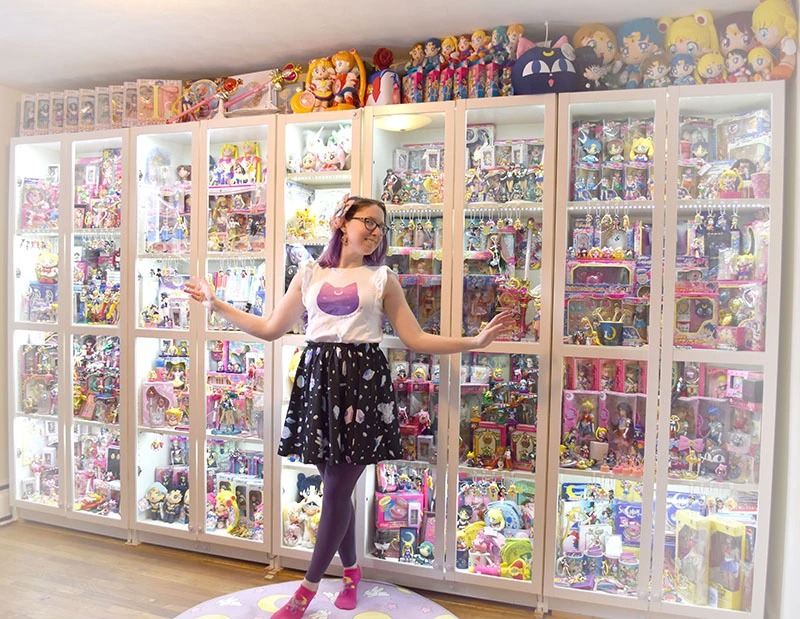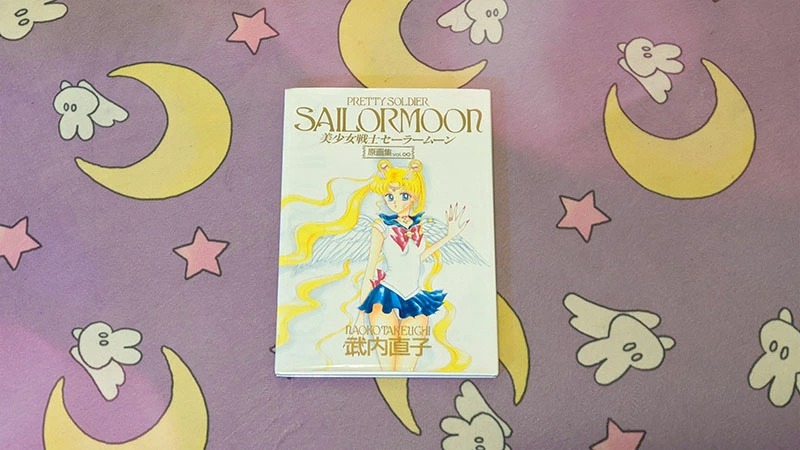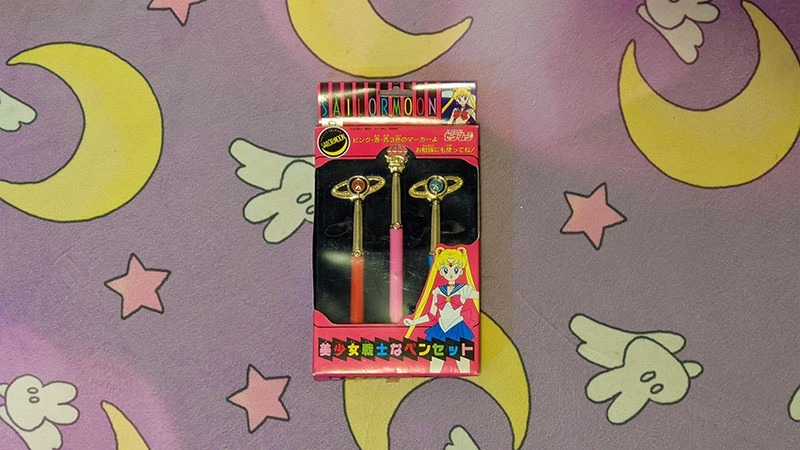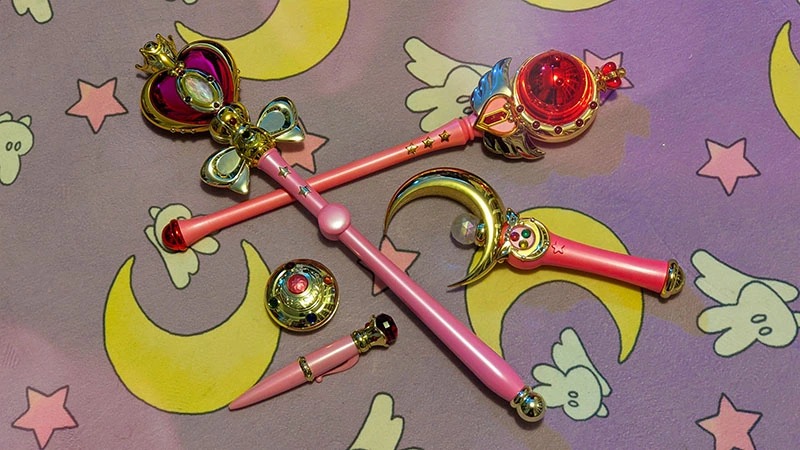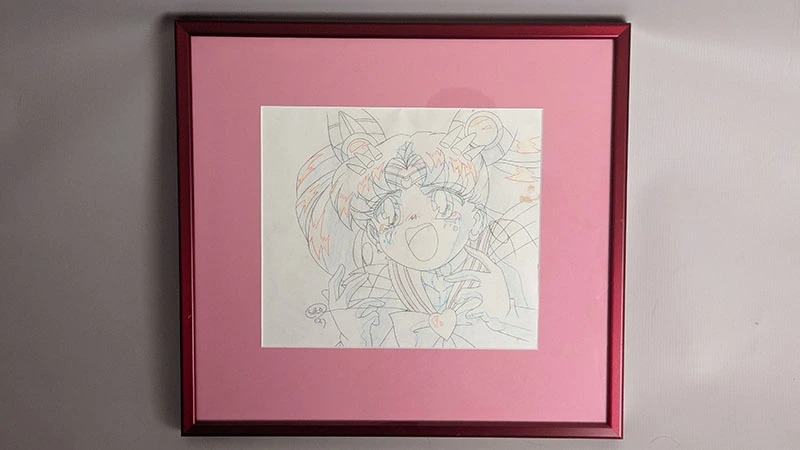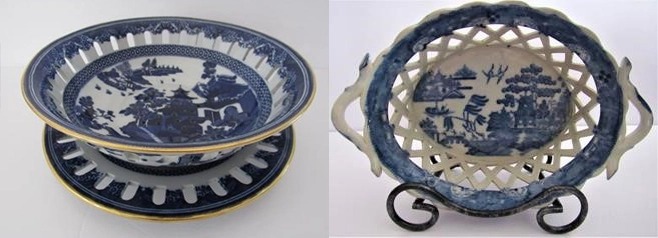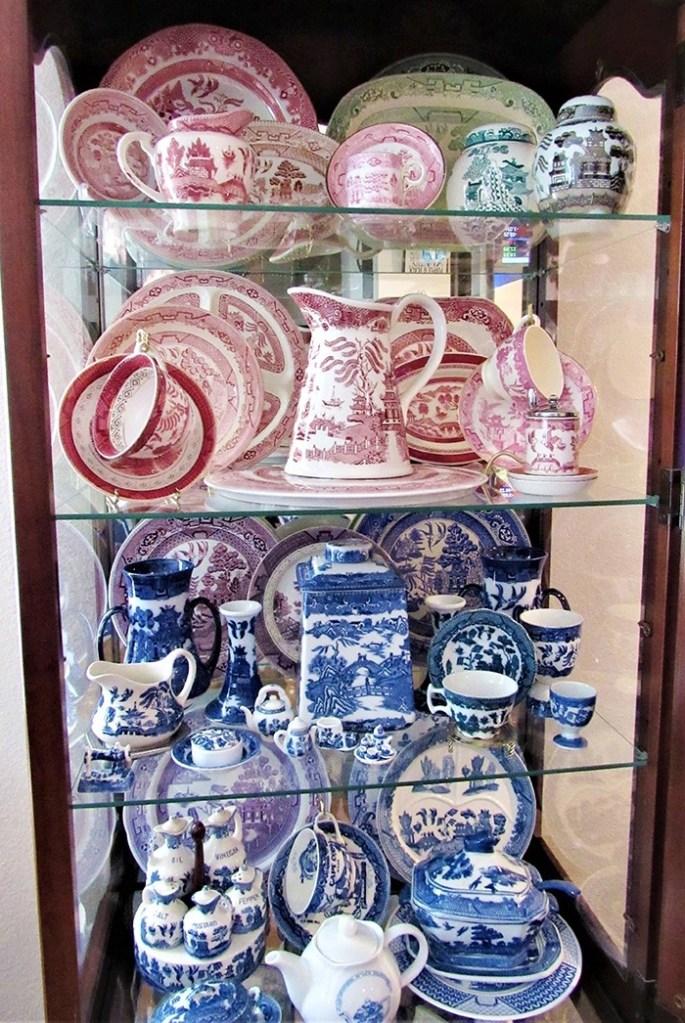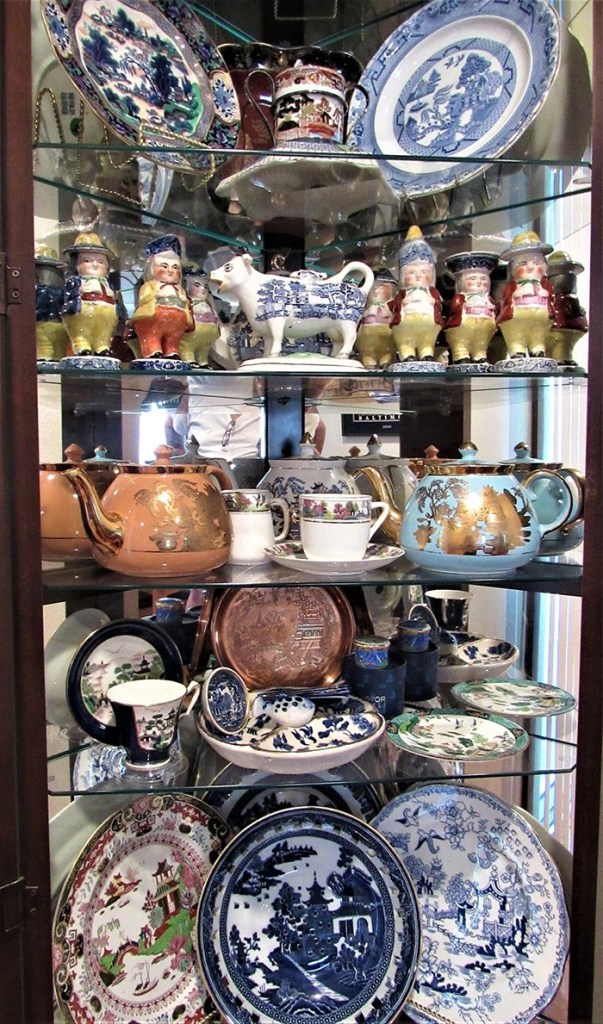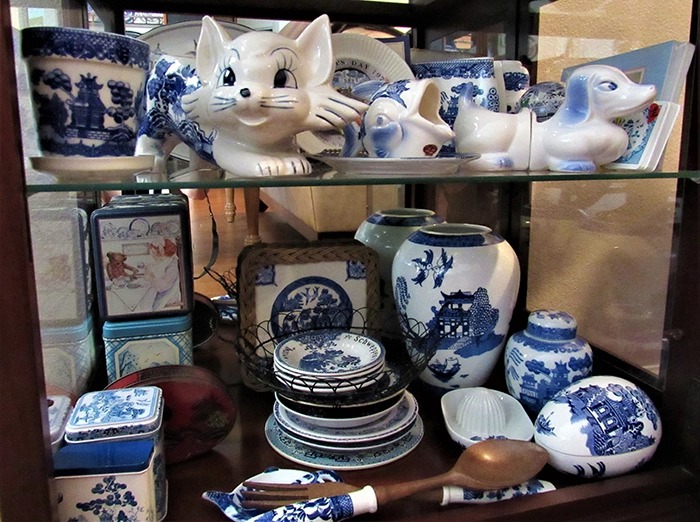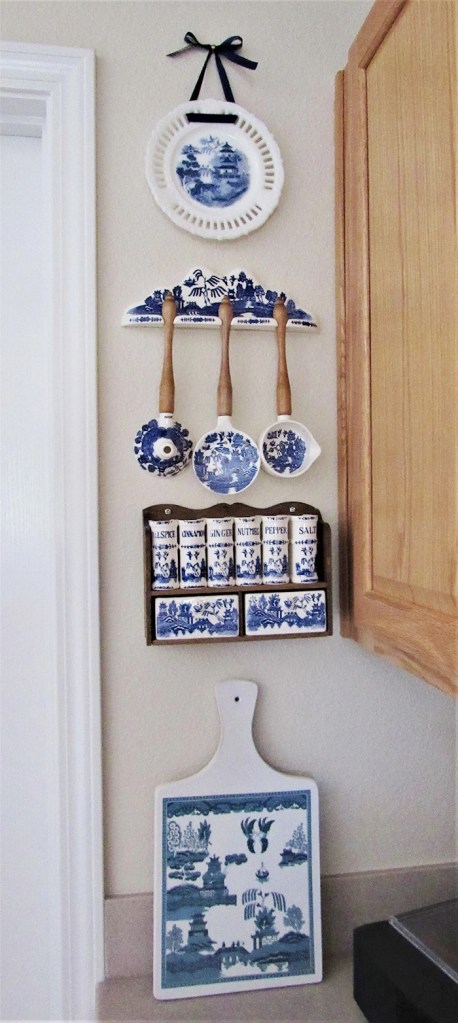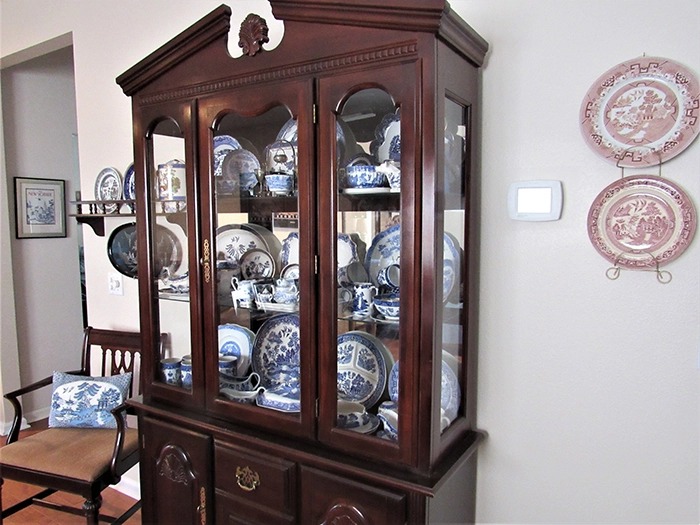Like many collectors, Keith Glenn caught the bug when he was just a kid. “I collected comics,” he shares. Whenever he could, he would add to his small collection with the allowance his parents gave him. “I’ve always been a neat freak as far as organizing my stuff,” he explains. “My comic books were taken care of, and my room was immaculate and organized. When I went to college, my mom found my comics and she threw them away, which was a bummer because I know I had some high-value ones.” About 30 years ago, Keith started going to a nearby comic store, where he once again began purchasing comic books.
A few years after this, he started collecting Hallmark ornaments, including ones by Disney, Hanna-Barbera, Warner Brothers, Star Wars, and various animations, such as Frosty the Snowman. “I typically bought ornaments that were around a particular theme, and every year we would put them on the tree. My wife was supportive of my hobby and didn’t mind that our ornaments were not very Christmas-related. When the Keepsake Book comes out in April and announces the new ornaments, I’m in there circling the ones I want, and I buy the ones I think will sell out quick. I get them after Christmas [during] the 50% off sale.”
It was around the early 90s that he saw a statue in a comic store which really grabbed his attention, from a company called Bowen Designs. Sculptor Randy Bowen was making 12” tall Marvel comic statues, as well as 6” mini busts of Marvel characters. Keith started collecting these statues, and that’s when the collecting really took off. “I had almost every statue that this company made. I communicated with the sculptor and ended up being a moderator on his website forum. I got to be known throughout the statue-collecting world as, ‘the Hobbit.’ [This was because] my nickname [on the forum] was nbr3bagshotrow, the address of the Gamgee family in The Hobbit – which is my favorite book.”
At first he was buying statues of comic characters, but soon there were companies producing statues of television and movie characters that were between 18” and 24” tall. Other companies eventually branched out and started making DC characters. Another company, Gentle Giant, started making all kinds of highly-detailed Star Wars statues.
Keith’s expansive collection was once displayed in a spare bedroom, but eventually, at his wife’s suggestion, he started to create a “man cave” in his basement. “I enjoy sitting in my recliners in my man cave and watching movies and TV.” Still, his collection continued to grow. When he started running out of room, his wife suggested getting a cabinet and putting it up in the living room. “There are not many women that let this kind of stuff venture outside of the man cave,” Keith says. “These are not your normal decorating items that you put in a living room, but my wife said she was cool with that.” So now, besides the man cave, Keith has a display case in his living room and another in the family room.
Keith’s “pride and joy” is a Calvin and Hobbes statue that he commissioned an artist to make. Calvin and Hobbes is his favorite animation – he owns a book containing every piece that cartoonist Bill Watterson ever drew. “That’s the piece that I would grab in a fire, after saving my dog and my wife.” The reason he had to have this item commissioned – rather than purchasing one already made – is because Bill did not license his work, so you can’t purchase Calvin and Hobbes merchandise in a store.
Other notable items in the collection include a studio-scale replica of the Millennium Falcon from Star Wars (a rare find) and the Starship Enterprise from Star Trek. He has 1/6 scale action figures from a company called Hot Toys. “The wrists, fingers, arms, shoulders, ankles can be placed into all different poses, and sculptors make the head. They look phenomenal.” He has statues and figures of characters from Breaking Bad, The Princess Bride, and Indiana Jones. He also has a John Wayne statue that he purchased years ago. “It reminds me of Sunday mornings when I got up with my dad and watched Westerns.” He also has a lot of statues from the 1966 Batman TV show. “If it grabs my memories, that’s the kind of stuff I tend to pick up.”
This collection also contains pictures and drawings by famous Marvel and DC comic book artists. These high-quality limited edition prints are called giclées. He has diecast cars, including the Ecto-1 from Ghostbusters, the DeLorean from Back to the Future, Speed Racer’s Mach 5, a custom-painted replica of the Batmobile (a gift from his daughter, Teagan) and a few cars from The Munsters. He has a replica of the NSEA Protector from Galaxy Quest.
He also has many books – which includes a collection of the Peanuts cartoons. “This company got all of Charles Schultz’s work, and they put out a new collection every year for four years. It took 13 years to collect all 50 years of the complete Peanuts work. I go back and read them every once in a while.” He has a book called Compendium of Calvin and Hobbes and the complete works of Jerry Larson, creator of The Far Side. He also has the complete works of Don Martin from Mad Magazine. Older comics are often reprinted and put into a collection, and Keith finds that purchasing these collections is a great way to go back and read comics that he’s never read before.
Keith also has statues of Disney villains produced by a company called Sideshow. These include Captain Hook, the Evil Queen, and Maleficent. While it doesn’t take up much of his personal collection, Disney is something that his daughter Adrienne has taken an interest in, so he’s happy to share that experience with her. Adrienne also contributed to the overall collection in another way: she drew a custom art piece of all of the Peanuts characters as superheroes. This unique work is proudly displayed over the sofa in their living room.
Collecting has truly become a family affair for Keith – who still has the collection of coins amassed by his father. Overall, he has around 500 statues, 6,000 or 7,000 comics, and several hundred Hallmark ornaments. He’s quite proud of the unique assortment of items on display in his home, and he loves to share this collection with others. “I always ask people if they want to see my collection when they come by!”
